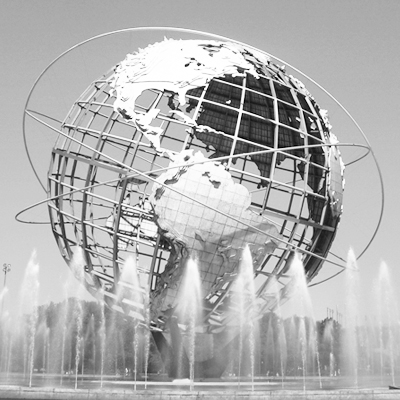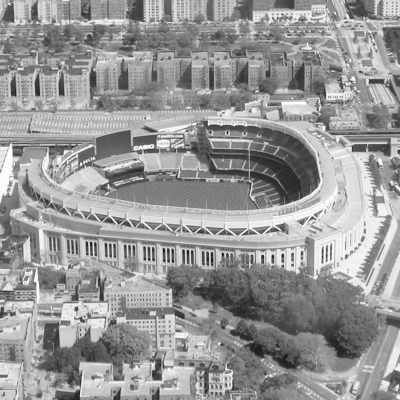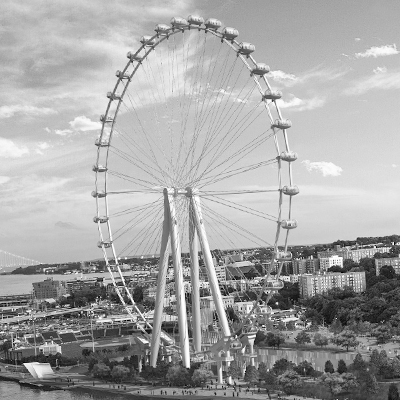Terms
PTAC Units Services NoHo New York
Common HVAC / PTAC / Air Condition Terms
Air Handler, or Air Handling Unit (AH) or (AHU)

- Central unit consisting of a blower, heating and cooling elements, filter racks or chamber, dampers, humidifier, and other central equipment in direct contact with the airflow. This does not include the ductwork through the building. (Inside unit)
British Thermal Unit (BTU)
- Any of several units of energy (heat) in the HVAC industry, each slightly more than 1 kJ. One BTU is the energy required to raise one pound of water one degree Fahrenheit, but the many different types of BTU are based on different interpretations of this “definition”. In the United States the power of HVAC systems (the rate of cooling and dehumidifying or heating) is sometimes expressed in BTU/hour instead of watts.
Chiller
- A device that removes heat from a liquid via a vapor-compression or absorption refrigeration cycle. This cooled liquid flows through pipes in a building and passes through coils in air handlers, fan-coil units, or other systems, cooling and usually dehumidifying the air in the building. Chillers are of two types; air-cooled or water-cooled. Air-cooled chillers are usually outside and consist of condenser coils cooled by fan-driven air. Water-cooled chillers are usually inside a building, and heat from these chillers is carried by recirculating water to outdoor cooling towers.
Coil
- Equipment that performs heat transfer when mounted inside an Air Handling unit or ductwork. It is heated or cooled by electrical means or by circulating liquid or steam within it. Air flowing across it is heated or cooled.
Condenser
- A component in the basic refrigeration cycle that ejects or removes heat from the system. The condenser is the hot side of an air conditioner or heat pump. Condensers are heat exchangers, and can transfer heat to air or to an intermediate fluid (such as water or an aqueous solution of ethylene glycol) to carry heat to a distant sink, such as ground (earth sink), a body of water, or air (as with cooling towers). (Outside unit)
Constant Air Volume (CAV)
- A system designed to provide a constant air volume per unit time. This term is applied to HVAC systems that have variable supply-air temperature but constant air flow rates. Most residential forced-air systems are small CAV systems with on/off control.
Controller
- A device that controls the operation of part or all of a system. It may simply turn a device on and off, or it may more subtly modulate burners, compressors, pumps, valves, fans, dampers, and the like. Most controllers are automatic but have user input such as temperature set points, e.g. a thermostat. Controls may be analog, or digital, or pneumatic, or a combination of these.
Damper
- A plate or gate placed in a duct to control air flow by introducing a constriction in the duct.
Evaporator
- A component in the basic refrigeration cycle that absorbs or adds heat to the system. Evaporators can be used to absorb heat from air (by reducing temperature and by removing water) or from a liquid. The evaporator is the cold side of an air conditioner or heat pump.
Fan-Coil Unit (FCU)
- A small terminal unit that is often composed of only a blower and a heating and/or cooling coil (heat exchanger), as is often used in hotels, condominiums, or apartments. One type of fan coil unit is a unit ventilator.
Fresh Air Intake (FAI)
- An opening through which outside air is drawn into the building. This may be to replace air in the building that has been exhausted by the ventilation system, or to provide fresh air for combustion of fuel.
Furnace
- A component of an HVAC system that adds heat to air or an intermediate fluid by burning fuel (natural gas, oil, propane, butane, or other flammable substances) in a heat exchanger.
Grille
- A facing across a duct opening, usually rectangular is shape, containing multiple parallel slots through which air may be delivered or withdrawn from a ventilated space.
Heat Load, Heat Loss, or Heat Gain
- Terms for the amount of heating (heat loss) or cooling (heat gain) needed to maintain desired temperatures and humidities in controlled air. Regardless of how well-insulated and sealed a building is, buildings gain heat from warm air or sunlight or lose heat to cold air and by radiation. Engineers use a heat load calculation to determine the HVAC needs of the space being cooled or heated.
Louvers
- Blades, sometimes adjustable, placed in ducts or duct entries to control the volume of air flow. The term may also refer to blades in a rectangular frame placed in doors or walls to permit the movement of air.
Makeup Air Unit (MAU)
- An air handler that conditions 100% outside air. MAUs are typically used in industrial or commercial settings, or in once- through (blower sections that only blow air one-way into the building), low flow (air handling systems that blow air at a low flow rate), or primary-secondary (air handling systems that have an air handler or rooftop unit connected to an add-on makeup unit or hood) commercial HVAC systems.
Packaged Terminal Air Conditioner (PTAC)
- An air conditioner and heater combined into a single, electrically-powered unit, typically installed through a wall and often found in hotels.
Roof-Top Unit (RTU)
- An air-handling unit, defined as either “recirculating” or “once-through” design, made specifically for outdoor installation. They most often include, internally, their own heating and cooling devices. RTUs are very common in some regions, particularly in single-story commercial buildings.
Thermal Zone
- A single or group of neighboring indoor spaces that the HVAC designer expects will have similar thermal loads. Building codes may require zoning to save energy in commercial buildings. Zones are defined in the building to reduce the number of HVAC subsystems, and thus initial cost. For example, for perimeter offices, rather than one zone for each office, all offices facing west can be combined into one zone. Small residences typically have only one conditioned thermal zone, plus unconditioned spaces such as unconditioned garages, attics, and crawlspaces, and unconditioned basements.
Variable Air Volume (VAV) System
- An HVAC system that has a stable supply-air temperature, and varies the air flow rate to meet the temperature requirements. Compared to CAV systems, these systems waste less energy through unnecessarily-high fan speeds. Most new commercial buildings have VAV systems.
PTAC Services in New York
 PTAC Services in New York
PTAC Services in New YorkPTAC Services in Queens
 PTAC Services in Queens
PTAC Services in QueensPTAC Services in Bronx
 PTAC Services in Bronx
PTAC Services in BronxPTAC Services in Brooklyn
 PTAC Services in Brooklyn
PTAC Services in BrooklynPTAC Services in Staten Island
 PTAC Services in Staten Island
PTAC Services in Staten IslandPTAC Services in Manhattan
 PTAC Services in Manhattan
PTAC Services in Manhattan© 2024 PTAC Air Conditioning Service NYC - NY 10022 - All Rights Reserved.


